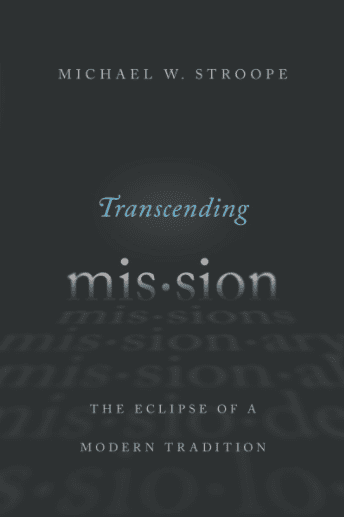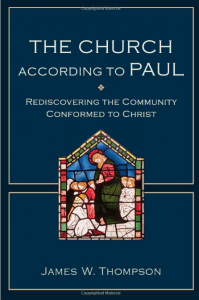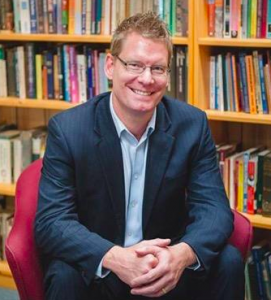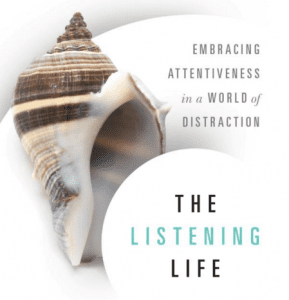Last week we began looking at Alan Hirsch, The Forgotten Ways. This week we want to look at chp 1. Alan Hirsch is a practitioner (not simply an “armchair theologian”) of missional churches; he has been involved in revitalizing, re-envisioning, failing, and re-focusing local churches in Melbourne Australia. Chp 1 is his story — fascinating.
Eventually this story will come down to learning how to build a church in which there is at least 80% participation. Most churches have a 10:90 ratio or maybe a 20:80 ratio of participants and spectators. The question we need to consider is this: What percentage of Christians who attend our churches actually participate? How big does a church become when it becomes functionally non-participative? (All of this hinges on the meaning of “participate”.)
Alan and Deb Hirsch were involved in revitalizing a church in South Melbourne and it happened — with some rough and tumble radical types — ex-druggies, prostitutes, gay and lesbian culture. Some began following Jesus and the church grew fast and radically. Eventually they opted for a restaurant face to their “church” and, while they learned a lot, it failed. They came to two conclusions: (1) they learned how to build a 10:90 or 20:80 modern church but (2) wanted instead to participate in an ecclesia (church) that was highly participatory and missional.
The former appeals to about 35% of the culture (in USA) and about 17% in Oz. Church growth principles shape the 20:80 model. Here are its strategies:
1. Expand the building for growth and redesign.
2. Ensure excellent preaching that is relevant.
3. Develop an inspiring worship service with a good band and positive leaders.
4. Good parking.
5. Ensure excellent programs for kids.
6. Develop cell groups rooted in a Christian educational model.
7. Make sure next week is better than last week.
The ecclesia model of Hirsch focuses on making missional disciples. Here are the factors:
1. A covenanted community
2. Centered on Jesus Christ (not just “God”).
3. Worship: offering our lives back to God through Jesus.
4. Discipleship: following Jesus and becoming increasingly like him.
5. Mission: extending the mission of God through the activities of the covenanted community.
The ecclesia model here found that its statement had to be core practices that brought into living reality its core values (beliefs, doctrines). They arrived at this “naughty” acronym:
T: Together we follow — community focused.
E: Engage Scripture — integrating Bible into life.
M: Mission — missional activities bring cohesion.
P: Passion for Jesus — worship and prayer.
T: Transformation — character development and accountability.














